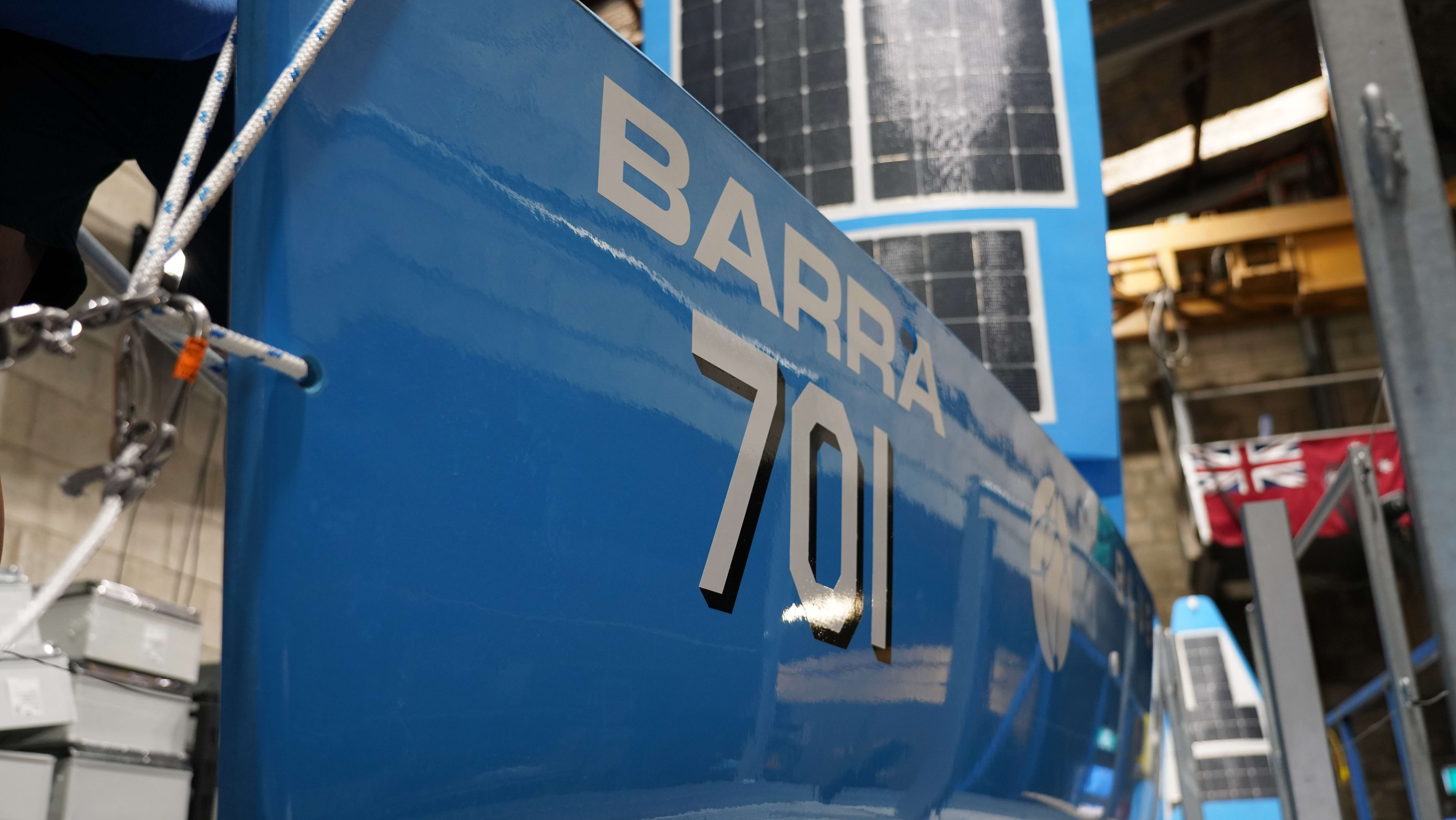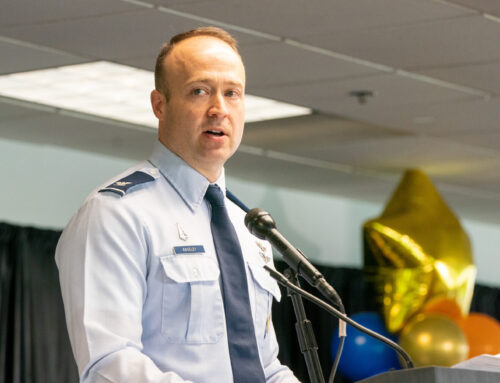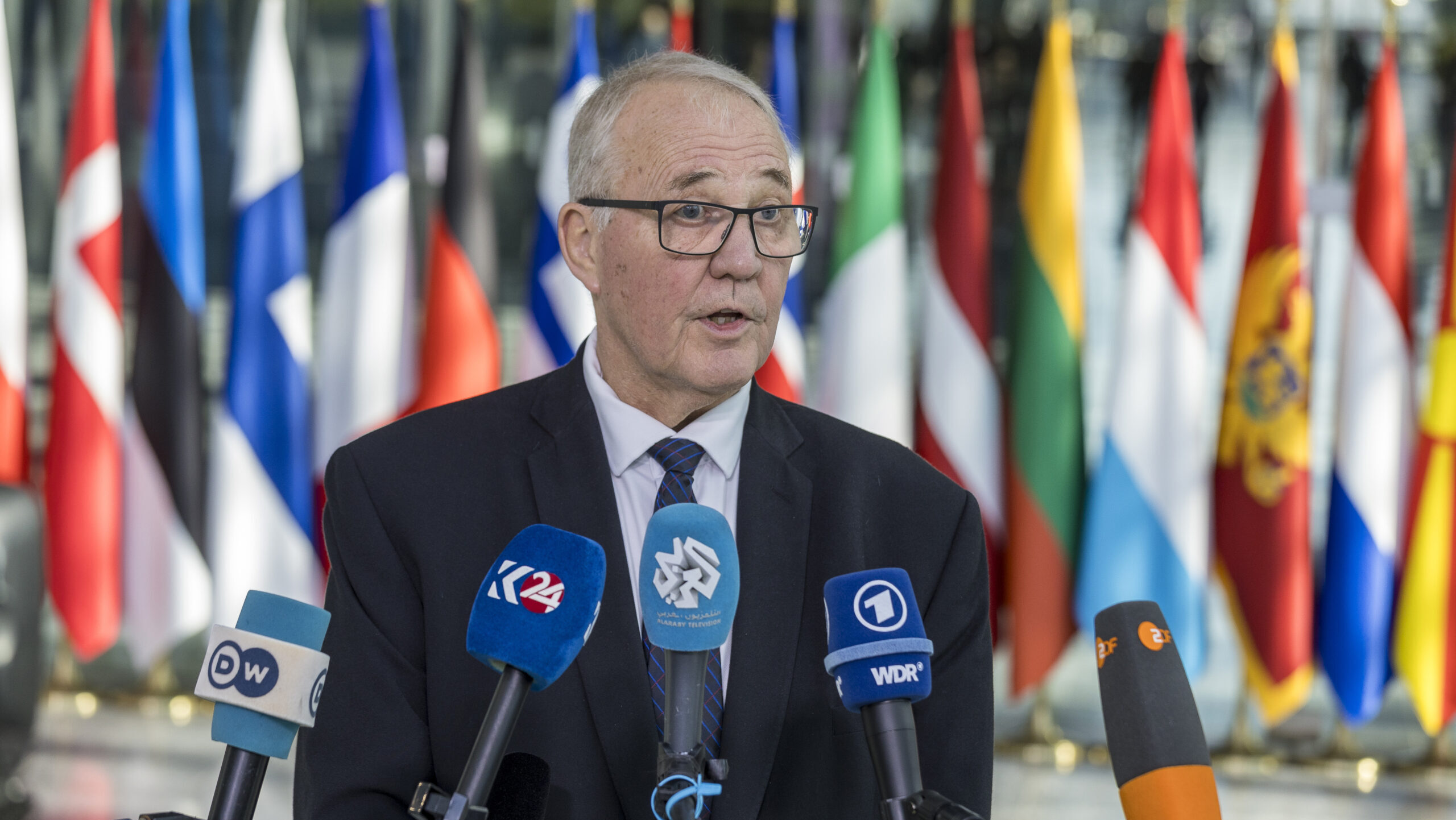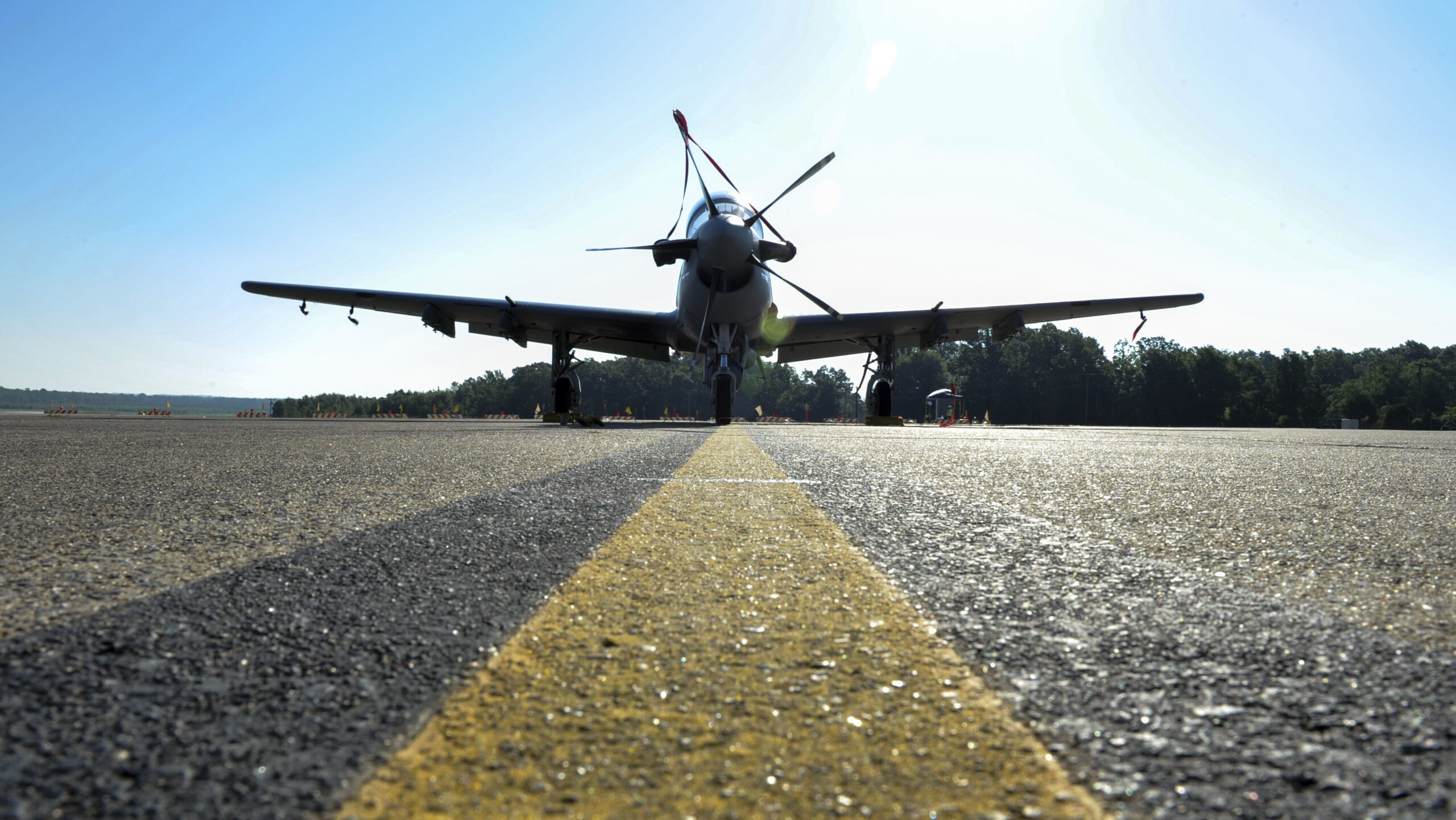The Australian-built Ocius BlueBottle Unscrewed Surface Vehicle (UCL) (D. Burkey of ProUAV for the ADF)
SYDNEY — Australia and the United States today wrapped up the “signature” stage of a three-week naval drone exercise at Australia’s Jarvis Bay, part of an effort to show how the AUKUS partners can jointly operate unmanned vessels in the Pacific.
The overarching exercise, dubbed Maritime Big Play (MBP), fall under the agreement’s Pillar II, which covers the rapid development, testing and deployment of new technologies in the realms of autonomy, hypersonics, cyber, electronic warfare and underwater systems.
MBP “allows AUKUS partners to practice fielding and maintaining thousands of uncrewed systems, gaining valuable experience operating in coalitions to solve realistic operational problems such as improving undersea situational awareness,” Madeline Mortelmans, acting assistant Defense Secretary for strategy, plans and capabilities, said today in a statement released by the US embassy here, after observing the exercises.
“This year,” Mortelmans said, “we’re advancing our undersea warfare capabilities by expanding our ability to launch and recover uncrewed underwater systems from torpedo tubes on current classes of British and US submarines, that will increase the range and capability of our undersea forces.”
Exercise Autonomous Warrior, which finished today, was described by Mortelmans as “the signature MBP event in 2024.”
RELATED: Australian defense minister Richard Marles on AUKUS, China and industry concerns
The technologies contributed by the US included software-defined acoustic modems, autonomous underwater and surface vessels, and low-cost unmanned surface vehicles. The tests, according to a statement from the US Embassy, also featured a low-cost balloon with a gondola that “supports operations in the upper stratosphere with minimum manpower or logistics requirements,” and high-altitude T-200 balloons for communications when other sources are jammed.
At the higher level of command and control, the allies tested several systems to eventually build what the statement called “an AUKUS-wide Common Control System, fusing best elements of the three countries’ existing systems.”
They included a software-defined network architecture with another excellent acronym, the Multi-Domain Uncrewed Secure Integrated Communications (MUSIC). It is designed “to enable seamless communication and coordination across diverse unmanned systems and operational environments,” according to the statement. The second system, the Common Control System (CCS), meant to help pave the way to an AUKUS-wide system, using a now almost mandatory open architecture, to provide drones with hardware and software that works across different systems.
Working together like this, with many different systems from multiple countries has its benefits. “This collaborative approach enables us to reduce acquisition, maintenance, and training cost by creating economies of scale,” Heidi Shyu, undersecretary of Defense for research and engineering, said in the statement.
Of course, the home country brought its own set of technologies to the test.
Among the promising Australian systems used: a long-range loitering strike glider by Innovaero called OWL-B; an uncrewed surface vessel by Ocius Technology known as the Bluebottle; Anduril’s extra-large autonomous underwater vehicle the Ghost Shark; and a large underwater drone by C2 Robotics known as Speartooth.
“This is another example of the ingenuity of Australia’s companies and innovators to partner with Defence to and reflects the Albanese Government’s commitment to investing in a defense future made in Australia,” Pat Conroy, minister for defense industry, said in a statement released today. “The Maritime Big Play stands to advance the development of cutting-edge maritime capabilities that provide strategic advantage and strengthen collaboration between AUKUS partners.”
While the United Kingdom, the third partner in AUKUS, has taken part in a previous portion of MBP, it’s unclear what technology they brought for Autonomous Warrior. Notably, during that part of MBP, Japanese observers were there to look into “improving interoperability with Japan’s maritime autonomous systems as an initial area of cooperation under AUKUS Pillar Two,” a British Navy statement from Oct. 4 reads.











